Entry Category: Water - Starting with N
 Nancy F Steamboat Article
Nancy F Steamboat Article
 Nancy F Steamboat Article
Nancy F Steamboat Article
Neosho [Steamboat]
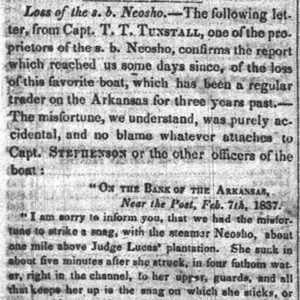 Neosho Steamboat Article
Neosho Steamboat Article
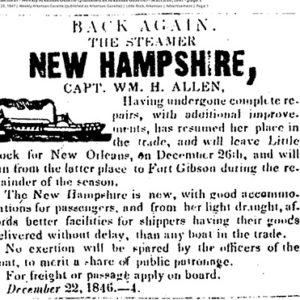 New Hampshire Steamboat Ad
New Hampshire Steamboat Ad
New Hampshire [Steamboat]
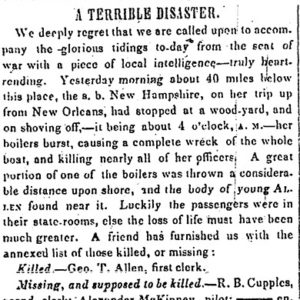 New Hampshire Steamboat Article
New Hampshire Steamboat Article
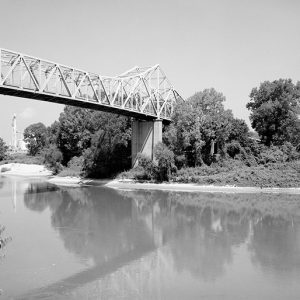 Newport Bridge
Newport Bridge
Niagara and Post Boy, Collision of
 Niagara Disaster Story
Niagara Disaster Story
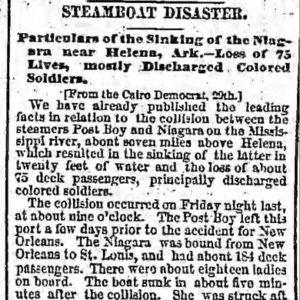 Niagara Disaster Story
Niagara Disaster Story
Nick Wall [Steamboat]
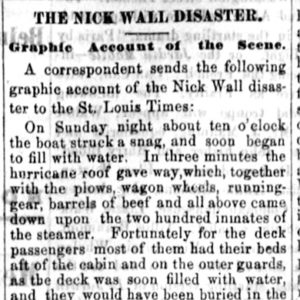 Nick Wall Steamboat Article
Nick Wall Steamboat Article
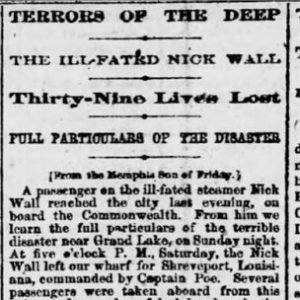 Nick Wall Steamboat Article
Nick Wall Steamboat Article
 Norfork Bridge
Norfork Bridge
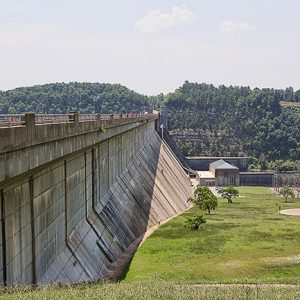 Norfork Dam
Norfork Dam
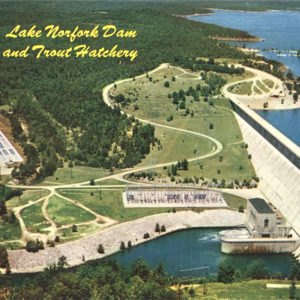 Norfork Dam and Lake
Norfork Dam and Lake
Norfork Dam and Lake
 Norfork Lake Ferry
Norfork Lake Ferry




